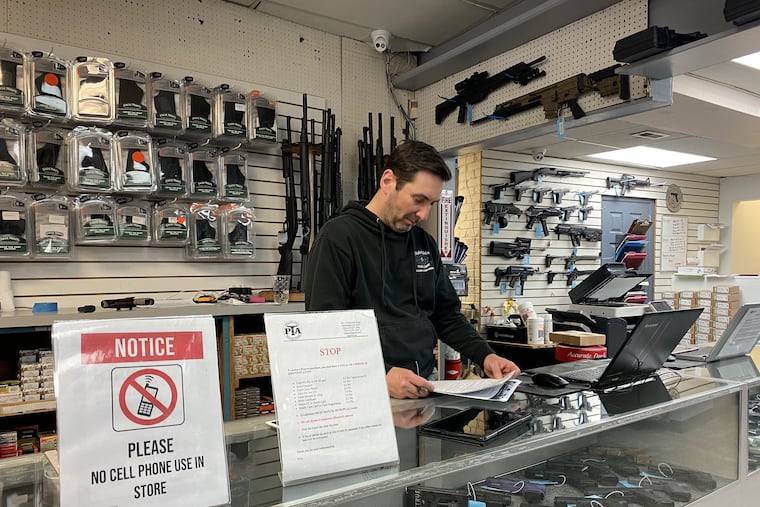Nine local gun shops supplied 15,000 ‘crime guns’ in Philly, new report shows
A report by the Brady gun-control group traced thousands of guns from criminal investigations to a handful of gun shops in the Philadelphia area.

A report by the Brady gun-control group traced thousands of guns from criminal investigations to a handful of gun shops in the Philadelphia area.
